Will There Be Another Ralph, Donna or Calvin?

Ralph Lauren, Donna Karan and Calvin Klein once ruled Seventh Avenue from on high.
Can Kim Kardashian or Rihanna take their place?
More from WWD
Front Row at Jean Paul Gaultier by Olivier Rousteing Couture Fall 2022
Photos of the Most Searched Celebrities at the 2022 Met Gala
Ralph, Donna and Calvin all built brands that were on a first-name basis with the entirety of fashion. They had the brand heat, reach and personality to build megabusinesses, setting the trends that put American fashion on the map and marching into multiple product categories around the globe.
Those brands — and their namesake founders — not only led fashion, but served as an aspirational target. They were the designers other designers wanted to be with the businesses other brands strived for.
As Ralph, Donna and Calvin have all developed over the years, they have become part of fashion’s bedrock. They are no longer the new brands taking over, but the establishment the next generation looks to overthrow or compete against.
There are other designer-namesake brands with scale and profile that followed that leading trio — from Tommy Hilfiger to Michael Kors and Tory Burch. They are all established, of similar ilk.
But where is the next generation?
Both Kardashian with Skims and Rihanna with Fenty x Savage have made a big splash with blowout successes in still very-focused offerings.
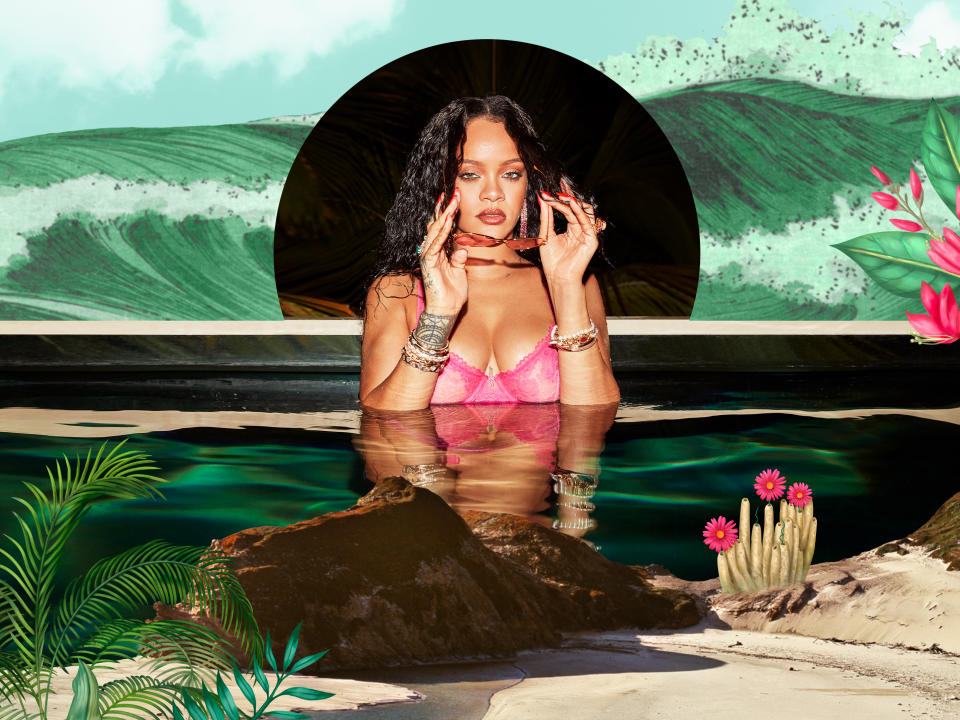
Courtesy Photo
Whether or not they can grow really big — and stay big — is the question.
“These days where a sprawling multicategory brand will gain global traction are counted,” said branding expert Martin Lindstrom. “Just as the idea of truly global models, bands or artists are counted. The extreme media fragmentation, and a music industry where the Millennials hardly know the artists behind the auto-generated playlists streamed from Spotify — where the loyalty more is to the platform or the aggregator of the playlists than the actual artists, has spread into every corner of commerce.”
Lindstrom pointed to FashionUnited’s ranking of the most valuable global fashion brands, which was led by Nike, Louis Vuitton and Hermès, but in the top 30 included only one brand under 20 years old, German e-commerce player Zalando.
“Staying young is hard — being younger is even harder,” he said. “The concept of global brands is having an existential crisis. It is too hard for a brand to establish truly global appeal navigating the tough waters of aspiration, race, sexual preferences, gender, age, media usage, nationality — all while staying relevant at the same time.”
Lindstrom said Kim or Rihanna might succeed, but that few actors, reality stars and performers will truly make it.
“Most fail to translate their global ‘on stage’ appeal into a new category of [commercial product] — much harder than moving from the microphone to in front of the camera,” he said.
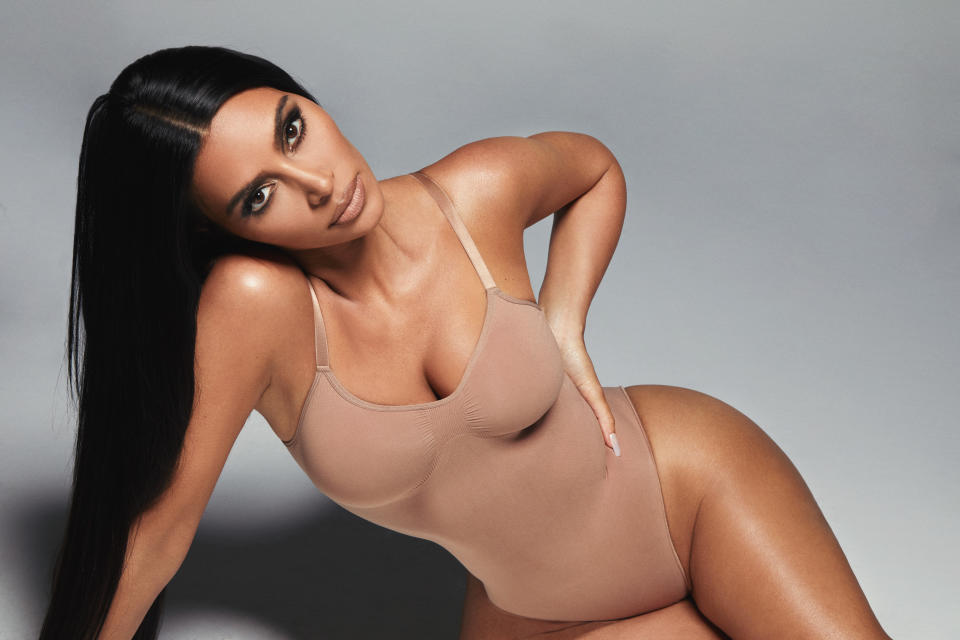
Courtesy Photo
And while Kim and Rihanna and others have gigantic social media megaphones, they are shouting into an increasingly crowded and competitive space, where consumer attention spans are being spread particularly thin.
By all accounts, Skims shapewear and Fenty lingerie are both growing at an astounding rate. But at the same time they’re squaring up against a host of other brands making names for themselves, from ThirdLove to Parade and Sofia Vergara’s EBY and a host of lines from well-known names, including U.S. market leader Victoria’s Secret, which is back on track after its earlier stumbles.
Across beauty, ready-to-wear, swim and beyond, the story is the same.
“It’s easy to start a brand today, you could start one, I could start one, the barriers to entry are relatively low,” said Patrice Louvet, president and chief executive officer of Ralph Lauren Corp. “The opportunity is clearly there, you could sell your product online, you could have access to manufacturing relatively easily, you could advertise online relatively simply.”
That being the case, Louvet said the market was “super fragmented.”
“Many brands come and go,” he said. “There are a lot of brands that can probably get to several $100 millions, but then, when you have to pivot to $1 billion, you have to invest in a physical presence, you have to invest in digital capacity. We’re talking big dollars here.”
Lots of brands means lots of competition — for consumer dollars and consumer mindshare.
And then to build a brand like Ralph or Donna or Calvin, one has to not just break through, but stay on top. Consider the designers who were meant to be the next generation after those big three: Michael Kors acknowledged his business wasn’t “glowing” by the time it was was acquired by Lawrence Stroll and Silas Chou in 2003 and rebuilt. The Isaac Mizrahi business was just sold to brand management firm WHP Global at a $68 million valuation, while Marc Jacobs has seen years of ups and downs although it now is back on the growth track under parent LVMH Moët Hennessy Louis Vuitton. Even Donna Karan struggled after her IPO and acquisition by LVMH, eventually being sold to G-III Apparel Group, which stopped making the high-end Collection line, but reestablished the business. There are numerous other names who came and went across the ’80s, ’90s and Aughts.
Louvet said Ralph, Calvin and Donna all have a “very unique timeless point of view.”
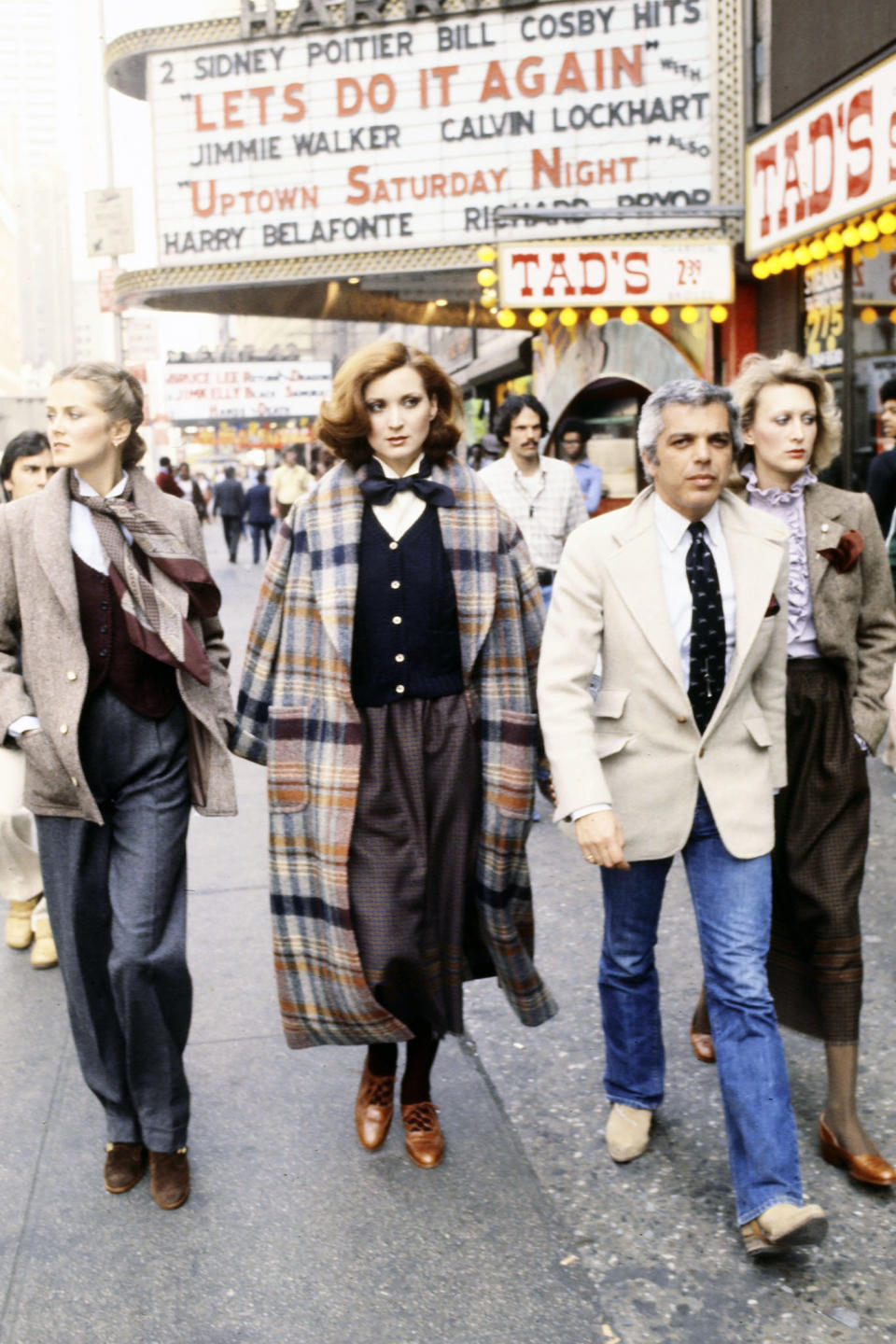
Lynn Karlin/Fairchild Archive
That’s a rare quality and one that takes time to really show through.
“Is the positioning of Supreme timeless or are the values that underpin the brand broadly appealing and timeless?” Louvet wondered. “Is the clarity of purpose of that brand there?”
He left that as an open question, but made clear that he does indeed want there to be another megabrand.
“We actually hope it’s possible,” Louvet said. “We believe in entrepreneurship. We believe in innovation. We believe in constantly bringing interesting things to the customer, but it’s harder.”
Bringing the customers interesting things means more than just interesting product.
“I think Ralph sometimes is closer to a movie director than he is to a traditional apparel designer,” Louvet said. “It does start with a story and then the product is encompassed within that story, almost a prop within that story to bring the story to life.”
Once upon a time, it was easier to get that story heard.
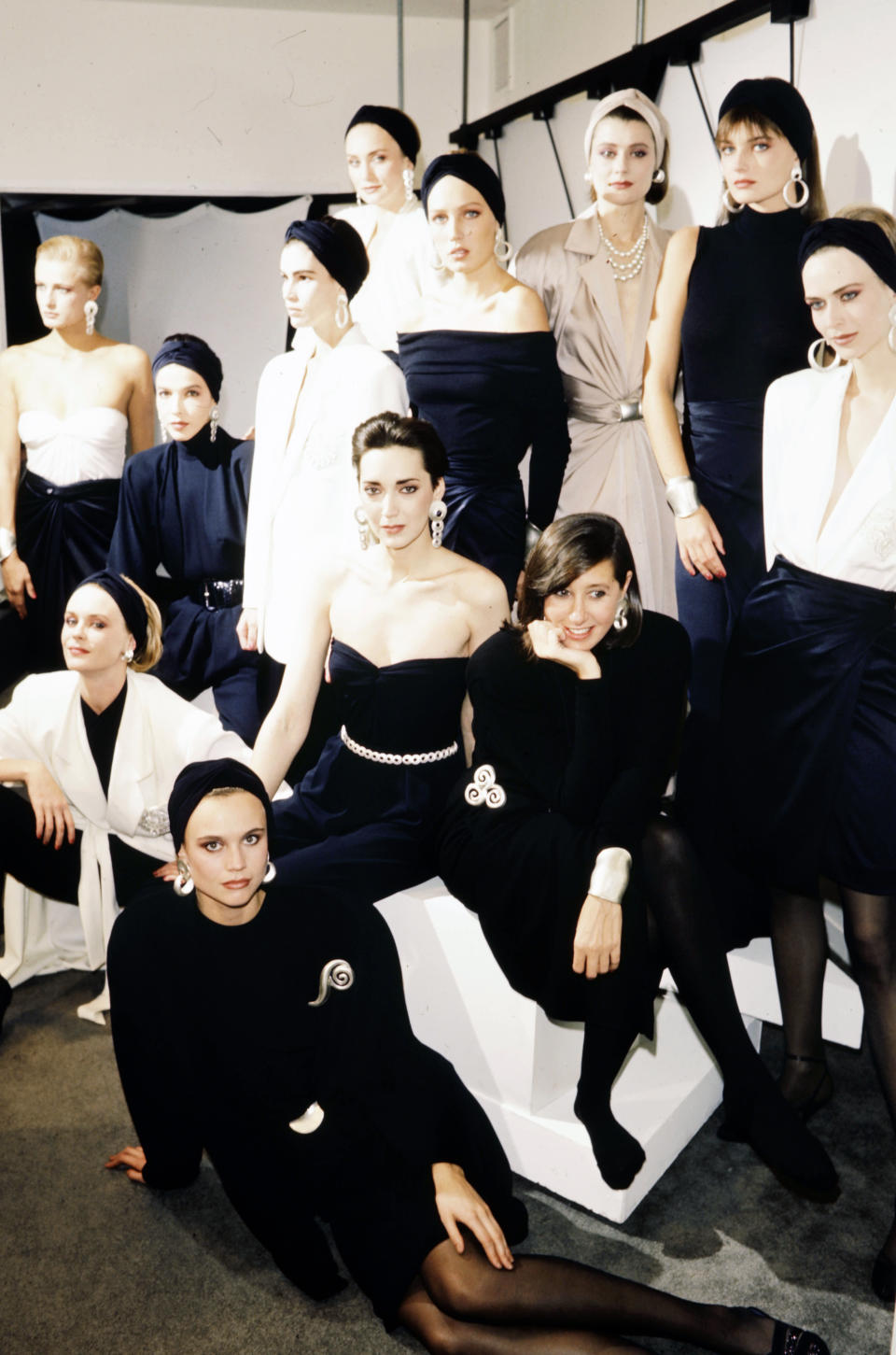
Fairchild Archive
“Back when Ralph and Calvin and Donna were building their businesses, and even when Michael [Kors] and Tory [Burch] were building their businesses, there was no social media, they dominated the press,” said Gary Wassner, CEO of factor Hilldun Corp.
“Think about Brooke Shields and Calvin Klein, we don’t even have supermodels anymore,” he said (although the Hadid sisters certainly rank up there). “Social media puts so much in front of us that we flick from one to the next and it’s very hard to maintain that position in social media forever. It wasn’t hard when you could dominate the press. It was centralized. We had gatekeepers who made sure those brands were front and center, those gatekeepers are gone.
“I don’t think we’re going to be creating any megabrands anytime soon, I think we’re looking to build brands to $250 million, $300 million, maybe $500 million,” said Wassner, who recently started working with private equity firm Brand Velocity Group to build its BVG Fashion & Apparel vertical.
The next generation brands are in many ways playing a very different game.
“In American fashion we might not see another Ralph, Calvin or Donna and Tommy in the near future,” said Robert Burke, CEO of Robert Burke Associates. “The traditional retail/wholesale model has totally changed…the same path that these big guys used doesn’t work any longer.”
Burke pointed to the host of New York designers who made the scene from 2000 and 2010, launching in rtw, adding a second line, laying in accessories and then footwear and then fragrance.
“It was too much too fast for them as well as the customer,” he said. “None of them emerged to the level of the big guys. At the same time, the big brands like [those at ] LVMH [Moët Hennessy Louis Vuitton], Kering, and Prada got much much stronger in their d-to-c relationship and also concessions with the department stores and their own retail.”
None of the New York designers of the Aughts ever successfully took on Ralph’s movie-director mode. Fashion, just like media, evolved and everything changed. The big screen in the theater is now overwhelmed by the little screen in the pocket.
That is where Kim and Rihanna rule, but is that enough?
Michelle Kluz, a partner in Kearney’s consumer practice who launched the luxury activewear brand Urban Savage, said the next would-be Ralph or Donna almost has to be a celebrity influencer before they can even think about a multicategory approach.
That’s a reversal from the ’80s, when Ralph, Donna and Calvin grew their businesses and, from that, gained cultural influence, she said.
“In order to build that kind of business [now], you have to have the cultural influence first,” she said. “Audience is king. Content is king. Product is not the only king anymore.
“Kim is not designing the product, she is the product,” Kluz said.
It’s a final product that very much is succeeding — Skims was valued at $3.2 billion in a fundraising round earlier this year.
But that success might simply be leading to a different place in a different industry.
“It might be a shorter kind of legacy, but it actually in some ways is bigger and has the capacity to more authentically extend into a wider [range] of categories because people are so much more spontaneous,” Kluz said. “How well did you really know Calvin Klein as a person? You didn’t.”
Nonetheless, Calvin built a big business that parent company PVH Corp. has developed further, driving revenues of $3.7 billion last year.
When Stefan Larsson, CEO of PVH, which also owns Tommy Hilfiger, laid out his broader vision for the company to analysts this spring, he did so from the same Manhattan space where Calvin Klein the designer used to hold his runway shows, making a point about the brands PVH is building on.
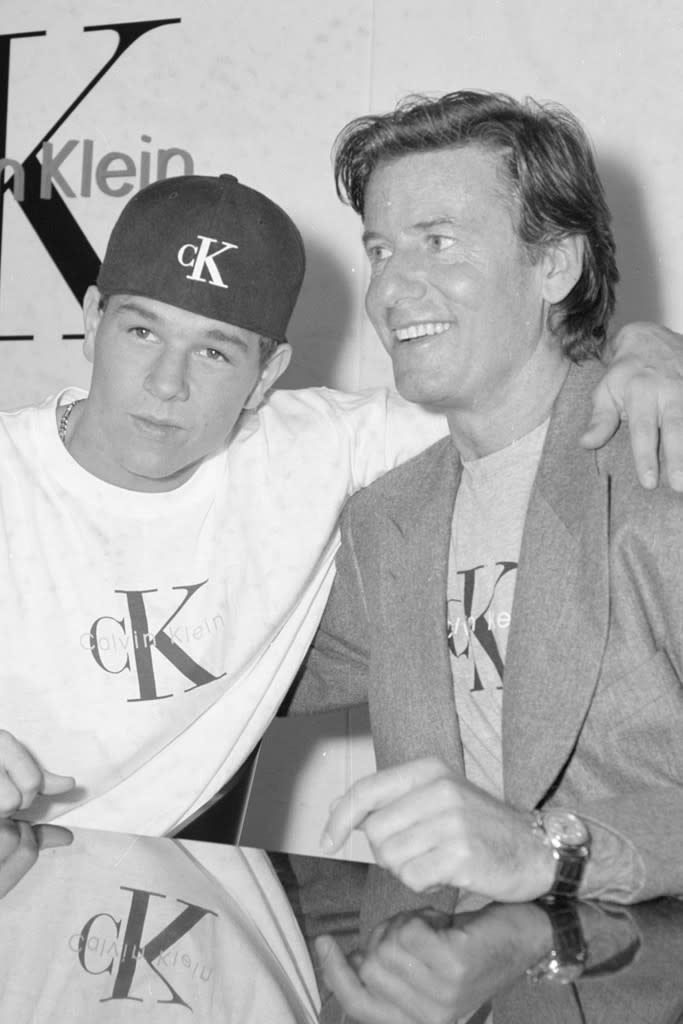
Timothy Shonnard
“Building the next Calvin Klein and the next Tommy Hilfiger has probably never been more difficult,” Larsson said. “If you compete with anything generic, generic products, generic consumer experience, generic brands, you’re going to get crushed. The next-generation consumers are already here. Gen Z is already leading the market.”
He also made clear that, in fashion, starting off with a leading position is a good way to stay ahead.
“We have the global consumer base, we don’t have to acquire that,” Larsson said. “We have a consumer globally in all markets that love our brands. We have an omnichannel presence in the marketplace, digital [and] store relationships.”
Kim and Rihanna have the clicks and connections with their followers but they still don’t have all that.
Sign up for WWD's Newsletter. For the latest news, follow us on Twitter, Facebook, and Instagram.

 Yahoo Movies
Yahoo Movies 
